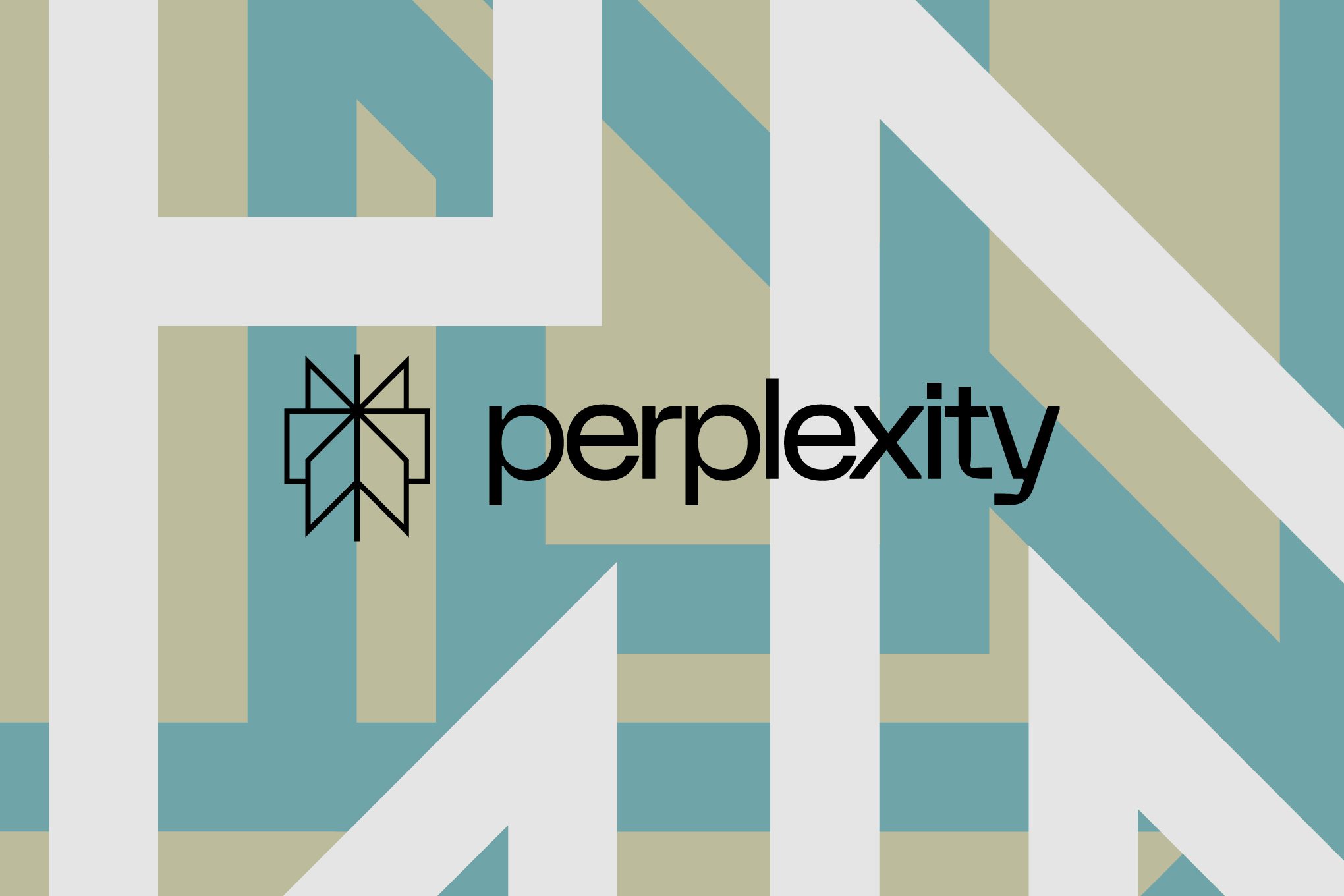
espn abc and other disney channels go More than 20 Disney-owned channels, including ESPN, ABC, and Nat Geo, have been pulled from YouTube TV after Google and Disney failed to reach a new content distribution agreement.
espn abc and other disney channels go
Background of the Dispute
The recent blackout of Disney channels on YouTube TV stems from a failure to negotiate a new distribution agreement before the previous contract expired at 11:59 PM ET on October 30th. This situation is not unprecedented; a similar breakdown in negotiations occurred in 2021, which resulted in a temporary blackout of Disney channels on the platform. Such disputes highlight the ongoing tensions in the streaming landscape, where content providers and distribution platforms frequently clash over financial terms.
Details of the Blackout
As a result of this latest disagreement, over 20 channels owned by Disney have been removed from YouTube TV. The full list includes:
- ABC
- ESPN
- ESPN2
- ESPNU
- ESPNews
- Disney Channel
- Disney Junior
- Disney XD
- Freeform
- FX
- FXX
- FXM
- SEC Network
- Nat Geo
- Nat Geo Wild
- ABC News Live
- ACC Network
- Localish
For subscribers on the Spanish plan, channels such as ESPN Deportes, Baby TV Español, and Nat Geo Mundo have also been affected. The removal of these channels impacts not only live viewing but also any recordings and on-demand content saved in users’ libraries, leading to significant frustration among subscribers.
Financial Implications
The core of the dispute revolves around carriage fees, which are the payments made by distributors like YouTube TV to content providers like Disney for the right to carry their channels. Google has publicly stated that Disney’s proposed terms were “costly” and would lead to increased prices for YouTube TV customers. In a blog post, Google emphasized that the proposed terms were not sustainable and would ultimately harm subscribers.
In response to the blackout, Google expressed its disappointment, stating, “We know this is a frustrating and disappointing outcome for our subscribers, and we continue to urge Disney to work with us constructively to reach a fair agreement that restores their networks to YouTube TV.” To mitigate the impact on subscribers, Google has promised a $20 credit for those affected if the channels remain unavailable for an extended period.
Stakeholder Reactions
The responses from both companies illustrate the high stakes involved in this dispute. Disney, in a statement to Variety, accused YouTube TV of denying its subscribers access to valuable content by refusing to pay fair rates for channels such as ESPN and ABC. Disney further claimed that Google is leveraging its market dominance to eliminate competition and undermine industry-standard terms.
This public back-and-forth highlights the increasingly contentious relationship between content providers and streaming platforms. As more viewers shift away from traditional cable subscriptions toward streaming services, the competition for viewership and advertising revenue intensifies. The outcome of this negotiation could set a precedent for future agreements between content providers and streaming platforms.
Historical Context
The ongoing negotiations between Google and Disney are part of a broader trend in the media landscape, where traditional cable networks are increasingly challenged by streaming services. The rise of platforms like Netflix, Hulu, and others has forced traditional media companies to adapt their business models and rethink their distribution strategies.
In 2021, a similar dispute between Google and Disney resulted in a temporary blackout of Disney channels on YouTube TV, which was resolved after negotiations were resumed. This history suggests that while the current situation is serious, there is potential for resolution if both parties are willing to compromise.
Comparative Analysis with Other Networks
While the fallout between Google and Disney has garnered significant attention, it is worth noting that other networks have successfully negotiated agreements with YouTube TV. For instance, earlier this month, NBCUniversal announced that it had reached a renewal deal with Google, following a short extension that prevented its channels from going dark on the platform. This contrast highlights the varying dynamics at play in negotiations between different content providers and distribution platforms.
The successful agreement between NBCUniversal and Google may serve as a model for Disney and Google to follow. However, the unique challenges posed by Disney’s extensive portfolio of channels and its flagship sports network, ESPN, complicate the negotiations. ESPN is a significant draw for subscribers, making it a critical component of YouTube TV’s offerings.
Implications for Subscribers
The immediate impact of the blackout is felt by YouTube TV subscribers, many of whom rely on Disney channels for news, sports, and entertainment. The removal of these channels not only affects live viewing but also disrupts the on-demand content that many users have come to expect from their streaming services. For sports fans, the absence of ESPN and its related channels is particularly concerning, as it limits access to live games and sports programming.
As the negotiation continues, subscribers are left in a state of uncertainty. The promise of a $20 credit from Google may provide some relief, but it does not address the core issue of access to content that many users consider essential. The situation raises questions about the future of streaming services and the evolving relationship between content providers and distribution platforms.
Future Prospects
The future of Disney channels on YouTube TV remains uncertain as negotiations continue. Both companies have expressed a desire to reach an agreement, but the significant differences in their positions complicate the process. The outcome of these negotiations could have lasting implications for both companies and their subscribers.
If an agreement is reached, it could restore access to Disney channels for YouTube TV subscribers and set a precedent for future negotiations in the industry. Conversely, if the stalemate continues, it may prompt subscribers to reconsider their options and explore alternative streaming services that offer the content they desire.
Conclusion
The ongoing dispute between Google and Disney over the removal of Disney channels from YouTube TV underscores the complexities of the modern media landscape. As content providers and distribution platforms navigate the challenges of negotiating fair terms, subscribers are left to grapple with the consequences of these high-stakes negotiations. The outcome will not only affect the immediate availability of popular channels but may also shape the future of streaming services and their relationships with content providers.
Source: Original report
Was this helpful?
Last Modified: October 31, 2025 at 6:39 pm
2 views















